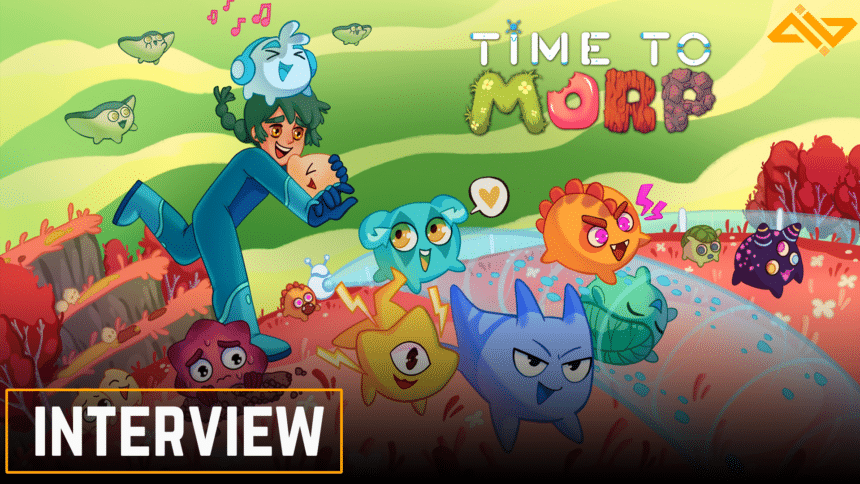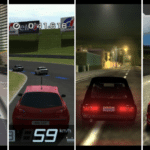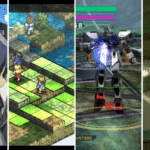Colony sims are a popular genre, especially on Steam, and it can be a bit hard to stand out while bringing something new to the table. Time to Morp aims to do that with its combination of automation, base-building, and creature morp management.
Having played the prologue for the upcoming release I had the privilege to interview Artjoms Neimanis, the game developer over at Halfbeard Studios where I went deeper into the creative process behind the making of Time to Morp.
What inspired the team over at Halfbeard to create Time to Morp, and were there specific influences or experiences that played a significant role in shaping the concept?
We really enjoy vast games with deep gameplay, variety of mechanics and potentially infinite play time; games like Factorio and Satisfactory. We took the core of those games and repurposed it to be more casual and accessible to the wider public. It’s still about automation, but this time you are taking care of cute little creatures – Morps – in a peaceful and colorful world! And you are not the sole survivor on a lonely planet this time – your trusty Crew is here to assist you with your tasks, and building homes for your mates will result in a small cozy village.

I noticed Time to Morp had some similarities with No Man’s Sky, albeit with a more cartoonish approach in terms of the art direction. Could you share more about the collaboration and decision-making process that led to the unique art direction of the game’s environment?
We wanted to choose a vibrant art style that would feel cozy, inviting and create a world where Morps could actually exist! Our artists developed rules and colors to create a world around it; so that everything feels connected, while different parts of the map still feel like a new place. It actually took a lot of time and iterations to get Morps, nature and technology right. And we are still working on it! There is more art and environments coming to the game to make it feel richer and give more reasons to explore the world!
What stood out to me while playing Time to Morp is whenever you feed a Morp something, it evolves into another Morp. Furthermore, you added another challenge for players; placing these Morps strategically into different homes. How did the team come up with this mechanic?
We grew up with Flash games, and there was that one game about combining things – Little Alchemy. You needed to combine Fire and Wind to get a Fire Tornado! The mechanic is all about exploration, experimentation and discovery – by adding it to Time to Morp we tried to create a game inside of a game, where you are surprised each time you figure out a new way to morph a Morp! It also solved a bunch of game design challenges, like removing a need to carry all Morp types with you always, since now you need just one of those, and a bunch of resources for morphing.

While I was immersing myself in Time to Morp, I suddenly recalled that the morphing mechanic also reminds me of games like Spore, something that I haven’t seen in a while. Did that game ever come up in discussion during development?
Spore is a wonderful game about starting from scratch, and building your colony and new home on an alien planet! It does sound like Time to Morp, to be honest! Another game that we should mention is Slime Rancher – also a great game that influenced some parts of the design. But we went down a more base-building and automating-everything route, in a build-your-own-village type of a game.

I see that aside from having procedural map generation in your game, you also integrated a story. How does your team plan to optimize the placement of storyline NPCs in your game with procedural map generation, ensuring they are spread out and not closely clustered?
Oh, that’s an interesting problem to have! The map is random, places are always new, the player can fully terraform everything, yet it needs to support a full story with ancient creatures, lost team mates, intergalactic teleportation and good old “Fetch Me” quests! So how did we achieve it? Well, ask me in a few weeks – we are still figuring it out. But one of the cheats we definitely will use – a teleportation device that can move any NPC to any place on a map! And it does fit the story – it’s a sci-fi world, after all. Other than that – just a lot of planning and hours of arguing how we can code that idea so it would work. Hopefully at the end it will “just work”!

On my initial playthrough, Time to Morp appears to be a casual automation/exploration sim, but as gameplay progresses, it takes on elements reminiscent of a toned-down version of Pokémon with a touch of Animal Crossing and survival tech trees all set in space. How did the team manage to balance these diverse elements during the game’s design and development?
We knew that Morps will be the core part of the game, yet after the first playthrough it felt a bit empty. Why Morps have empty homes now? Let’s add decoration for them! And after another playtest, feedback was that your crew is a bit lost and lonely. So we added houses and questing, and when limited build space became a problem – we added full terraforming to the game! Each new mechanic was added to solve an existing problem, to feel like it belongs there. And each playtest and all the feedback we received has helped to shape and balance these mechanics. So I guess the short answer would be – playtesting and feedback!

Could you shed light on how the team approached the integration of co-op features, and what unique challenges or opportunities arose in designing an experience that encourages players to work together in Time To Morp?
You are not alone on the planet right from the start – your crew is with you, and all the Morps are eager to meet you! So allowing you to play with your friends and invite “the whole squad” felt natural. Luckily, the in-game world is big enough to support some activities for everyone. The problems start with questing and cutscenes: some people like to faff around while others really want to invest in the story, and combining the two becomes quite challenging. Who knew!

Let’s say hypothetically, Time to Morp achieves the same level of popularity as something like Palworld this 2024, what unique features or aspects do you believe set your game apart and contribute to its distinct appeal to players?
Palworld? The game about cute little creatures, automations, and base building? Sounds like Time to Morp, but with guns! So I guess players will have more games to play about creature collecting and base building this year! Cool!
Getting to the success level of Palworld will be tough, but I hope we do provide some unique and relaxing gameplay that can entertain players, be that building a village, or playing with Morps, exploring the map, experiencing a story, or chatting with your crew members. And that only for now – we have a whole list of features in the works, like roller coasters or even traveling to other planets! Can’t wait to show it all!

We hope this interview with Artjoms Neimanis gives you a better appreciation of what’s to come for Time To Morp. This just goes to show that game developers don’t need AAA-style presentations to produce a good game and I believe the indie scene is finally receiving the recognition it deserves.
Set to release this coming March 2024, you can already play Time To Morp: First Contact over at Steam and get a sneak peek of what it delivers.










